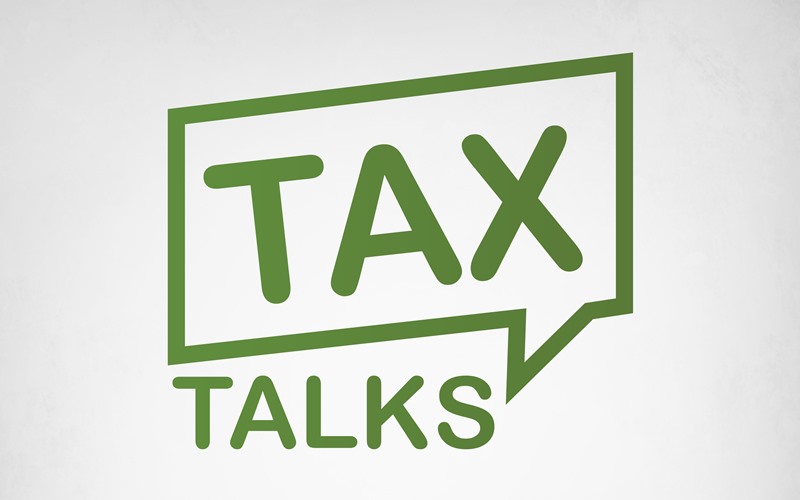July 26, 2022

Roughly 63% of New York State is forested with around 75% of that amount being privately owned. The New York State Department of Environmental Conservation (DEC) has proposed amending regulations relating to the Forest Tax Law program. This program provides landowners a reduction in real property taxes on their enrolled forest lands if certain conditions are met. To be considered eligible, tracts of forest land must consist of at least 50 contiguous acres, exclusive of any portion not devoted to the production of forest crops1. Furthermore, any timber harvested within the previous three years must have been done so in accordance with a forest management program.
The DEC has noted that some landowners have been discouraged from engaging in the program due to the costs and work involved in obtaining the assessment reduction. To make the program more attractive, the proposed changes from the DEC include:
- Setting up a new application and updated deadline of September 1 before the first eligible tax statue date for enrollment, with the review period extending an additional 30 days for a total of 90 days.
- The program’s forest management plan is proposed to be extended an additional five years up to 20 years that are split into two 10-year work schedules.
- Proposing to curb high-grading forestry practices, which could end eligibility for some landowners.
Additional considerations include following a written timber management plan that is administered by a professional forester.
The goal of the Forest Tax Law program is to encourage the long-term management of woodlands to produce forest crops. Therefore, the land must be committed to the program for the succeeding 10 years beginning each year the landowner receives a tax exemption. Cutting notices need to be provided to the DEC not less than 30 days prior to a planned cutting. There are also many traps for the unwary that could result in owing penalties, such as converting the property to non-forestry use, not paying 6% stumpage to the county within the proper period, and failing to comply with the approved management plan.
The tax exemption is based on the lesser of two calculations:
- The assessment per acre multiplied by 80%.
- The equalization rate for the town multiplied by $40/acre and subtracted from the original assessment.
For example, if the original assessment is $100/acre, then step one would multiply the number by 80% to get $80/acre. If the equalization rate is 75%, then that rate is multiplied by $40/acre to get $30/acre and subtracted from the original $100 assessment. Doing the math leads to $70/acre.
In this example, the lesser amount is $70/acre. To arrive at the new assessment, the $100/acre original assessment is reduced by $70/acre, for $30/acre. The potential reduction in the assessment could be significant, but each landowner must run the numbers for his or her specific situation to determine the value to them.
As you can see, the program is quite intricate, but the proposed regulations should help ease the burden of compliance, leading to increased enrollment. With the help of a professional, every landowner should decide if enrolling in the program is the right thing for their individual situation.
1“Lands divided by state, county or town roads, energy transmission corridors and similar facilities, but not limited-access highways, are considered contiguous for purposes of this act.” https://www.dec.ny.gov/lands/5236.html#lands




